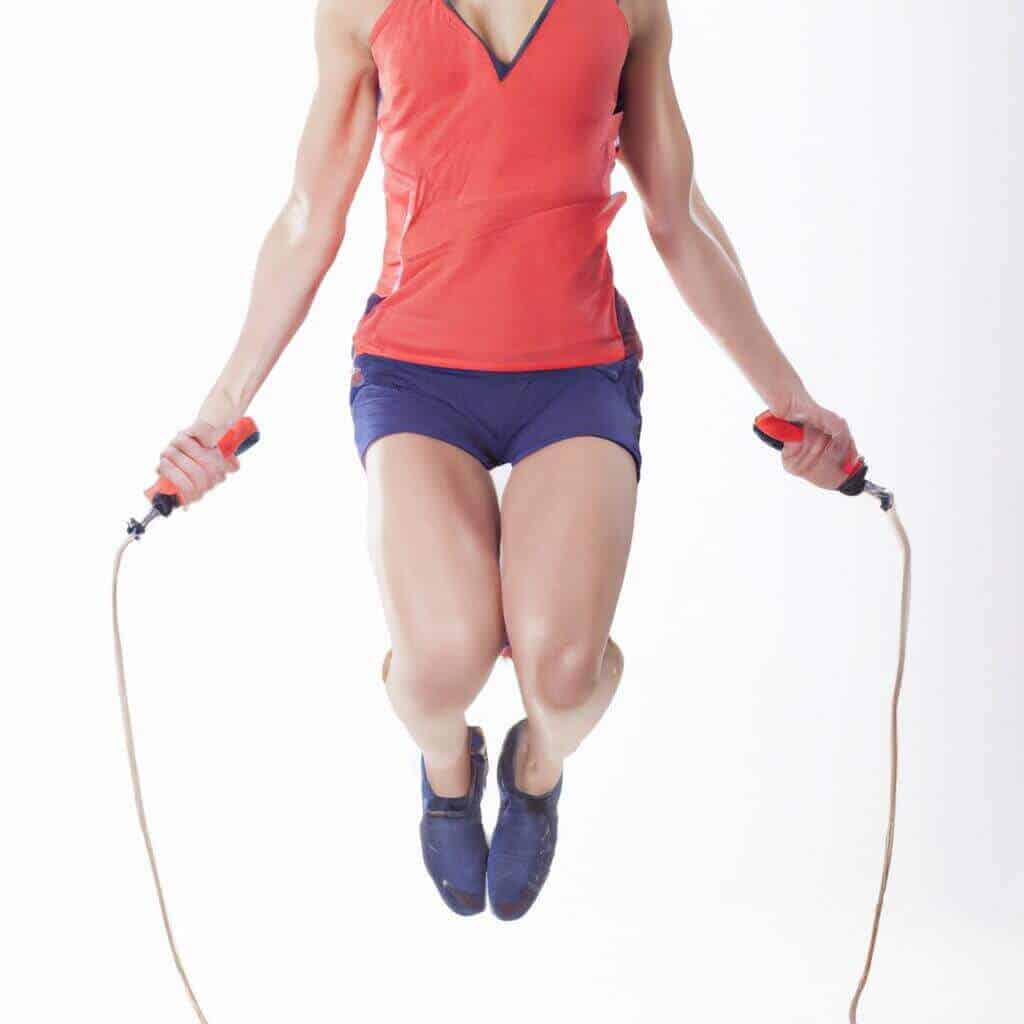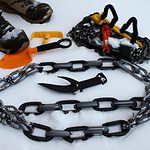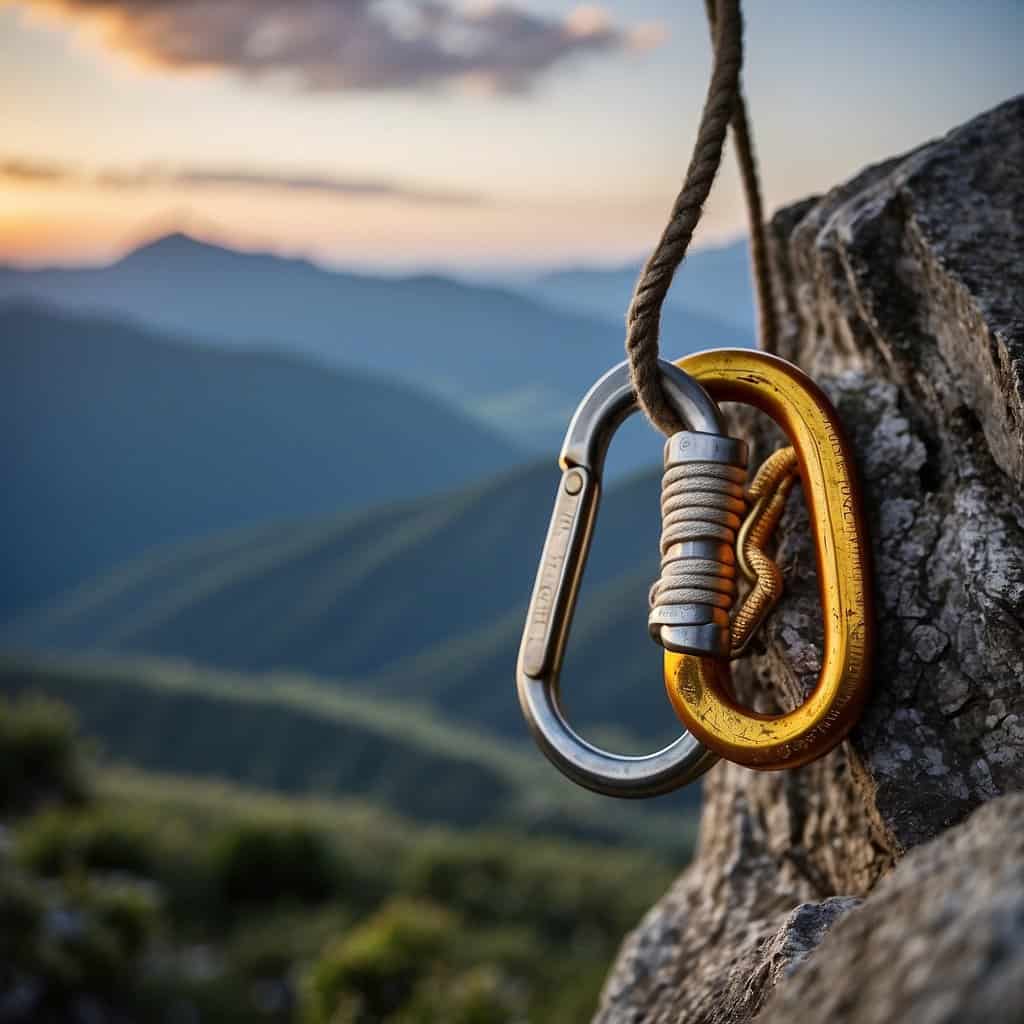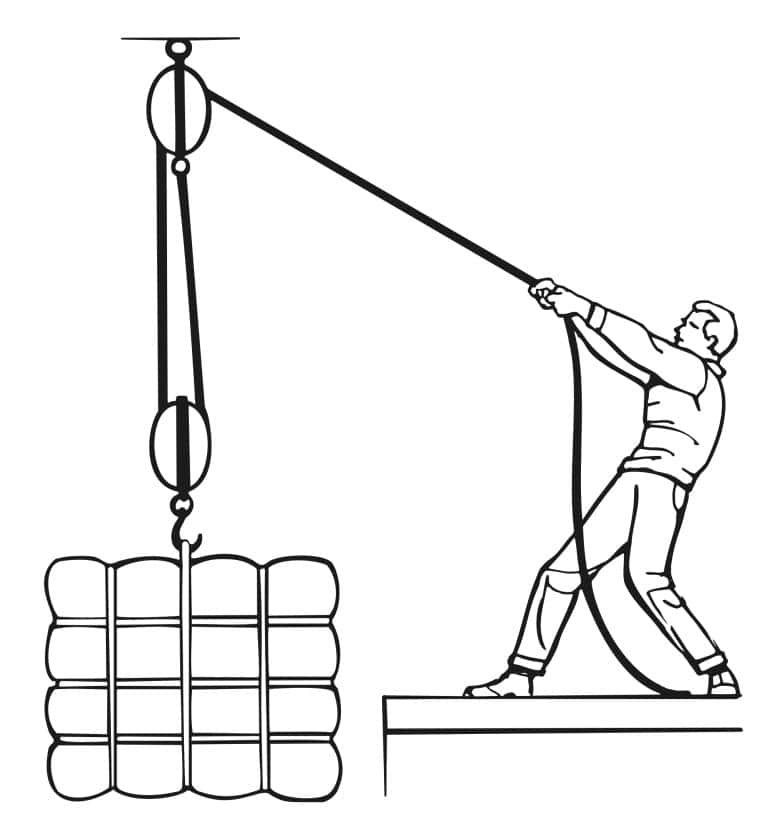Jumping or skipping rope is an old game that has been around for centuries, a simple and fun way to stay active while having a blast with friends. It is also an exercise tool usually made of two pieces of flexible material connected by a handle. They come in different sizes, styles, materials and lengths to suit the jumpers’ preferences and are made from several small ropes twisted and tied together. So if you want to jump into this fun exercise activity but don’t have a jump rope on hand yet, don’t worry—you can make one yourself.
Table of Contents
Jumping Rope Vs. Skipping Rope
There needs to be more clarity out there when it comes to jumping and skipping ropes. So, what’s the difference? Jump and skipping ropes are ropes you jump with, but they have different purposes and features. The main differences are the rope’s material, diameter and type of jump.
Jump rope is seen more as exercise equipment for boxers, speed jumpers, or weight lifters. You can make a jump rope with any material – nylon, polyester, or hemp; but exercise jump ropes are generally heavier in weight; some are weighted or created with steel wire coated with a polymer for training purposes. Speed jumpers, when in competition, will utilize a small-diameter lightweight rope.
On the other hand, a skipping rope is a rope for entertainment but can also be used for exercise. Everyday skipping or exercise ropes are wider in diameter and made from hemp, cotton, nylon or polyester. The rope’s size, shape, and weight are all critical factors in creating the perfect jumping rope. For best results, choose a lightweight rope with a small diameter.
Jumping and skipping are aerobic activities that involve propelling oneself up and off the ground by jumping with one foot while simultaneously swinging a rope around their body. However, skipping is different than jump roping because it involves continuously alternating feet while jumping, rather than just hopping on both feet as jump roping does.
Jumping & Skipping Rope History
The history of the skipping rope is similar to jump rope, and the true origins vary with one common denominator. People have been jumping and skipping with vines, branches, leather, and other materials for many years.
The name jump rope comes from the traditional jump roping games that were popular in the 16th century in Europe, which involved children jumping over a single rope twirled around by two people. In recent years, jump roping has been combined with various modern sports forms such as freestyle jump roping, jump rope fitness, jump rope double dutch and jump rope tricks.
Some believe the earliest evidence of skipping was in England during the 14th century. Skipping ropes were traditionally made from hemp fibres and later nylon and cotton. The rope handles were decorated with ribbons or beads to make them look more attractive.
Others state that jump rope was invented in China over 3,000 years ago, but it wasn’t used for exercise until the 16th century when children started to jump with a twig or short rope.
Then there is the belief that the jump ropes we know today were popularized by Native Americans who made jump ropes out of leather strips or plant fibres.
What is clear is that in the 20th century, jump ropes became famous as part of physical education classes in schools worldwide. Today, jump roping and skipping are both enjoyed as forms of exercise, recreation and competition worldwide.
Materials To Make A Jumping Or Skipping Rope
There’s a jump rope for everyone, and the right material can make all the difference. The fibre will depend on the user and the desired length of use, activity level, and personal preference. When choosing a jump or skipping rope, consider what you’re looking for.
For example, go for a cotton rope if you want something durable and strong. Try a linen rope if you’re looking for something soft and silky to the touch. Lastly, if you’re looking for something easy to clean, go for a waxed canvas rope. Different fibres, or a combination of different fibres, will make the rope bouncier or quieter. The type of material also affects the handle feel, strength, resistance to wear and tear, and cost.
Beaded plastic ropes are very durable for outdoor use and speed jumping for fitness, but they are slow to swing because of their weight, whereas cord ropes are the lightest but are less durable and do not have a fast swing for fitness use.
– Polypropylene jump ropes: These are made from polypropylene plastic and are lightweight, durable, and inexpensive. These jump ropes are best for jumpers who are starting out.
– Leather: Leather jump ropes offer a smooth bearing action when turning the rope around your body. They also have a longer lifespan than other materials used to make jump ropes. As a result, they are great for jumpers who want to jump with more precision and speed.
– Nylon jump ropes: Nylon ropes are the most popular type as they offer good durability and flexibility and come in many different colours and lengths.
– Metal jump ropes: Metal jump ropes are heavy-duty and durable but require skill to maneuver correctly. They don’t stretch or twist like other types of rope, making them ideal for jumpers looking for an intense workout.
– PVC jump ropes: These jump ropes are tough enough to handle heavy use. This rope is best for speed jumpers who jump for longer periods and require a light rope, as speed ropes made from PVC are thin.
– Cotton jump ropes: Cotton jump ropes are the most affordable option and offer a lightweight design suitable for beginners. They are not as durable as other types of rope but still suitable for quick jump sessions.
– Fiberglass jump ropes: This type of rope features a single or double cable design with fibreglass at the core for maximum strength and durability. These are best for jumpers who are serious about jump roping and need a jump rope that will last.
For information on rope strength read our guide The Strongest And Weakest Type Of Rope
How To Make A Two-Strand Jumping Or Skipping Rope With A Drill
Making a two-strand jumping or skipping rope is not complicated. Here’s how to do it:
1. Start by picking out two pieces of strong, 10-12 foot long cord or rope.
2. Place a hook in the drill head, attach the ropes to the hook, and secure the ropes together with tape or clamps.
3. Tape or clamp together the rope ends on the other end of the rope and secure them to a solid object.
4. Turn on the drill at medium speed and let the fibres wrap around each other, forming a thicker rope.
5. When you reach the desired wrap tension, which is when both ropes are smooth and do not have kinks, stop the drill and take off the jump rope from the hook at the drill end, holding it securely.
6. Tie a knot at the rope’s end, and remove the clamp or tape. Repeat this step on the other end of the rope.
7. Tighten the knot as tight as possible.
8. Add any decorative touches you would like at the rope’s end to make a handle, such as ribbons or beads. Or leave it as is, fluffing up the handle end, making it a fringe look style and cutting off any excess.
8. Test the jump rope out and adjust the length if necessary to ensure it’s secure.
Frequently Asked Questions
Are there jumping rope competitions?
There are regular jumping rope competitions that take place all over the world. If you’re interested in joining one of these events and competing against others, train hard and practice as endurance is required. The International Jump Rope Union (IJRU) is the place to visit to see all the competitions internationally.
How can I ensure my jumping rope is resistant to wear and tear?
To ensure your jumping rope is resistant to wear and tear, you should choose solid and durable materials like cotton rope for beginners. You can add synthetic fibres like nylon or Kevlar to your rope for extra strength and durability. You can wax your jump rope to make it more durable. Alternatively, you can get a heavy jump rope made from durable and portable metal.
Which type of jumping rope is best for beginners?
If you’re a beginner, get a plastic jump rope. These ropes are easier to carry around and do not require as much strength or agility.
What are some tips for preventing injuries when jumping rope?
– Be aware of your body and take the time to warm up properly before starting.
– Stretch before starting your jump rope workout to help prevent injuries.
– Wear sturdy shoes that fit well, and avoid wearing heavy jewelry or watches when you jump rope, as these items may get caught in the ropes and cause injuries.
– Keep your hands close to the loop, like when jumping on a trampoline, and jump with power and speed.
– Jump on a flat surface and if you experience any pain, stop and take a break.
– Finally, be aware of your surroundings.
Final Thoughts
Jump roping has been a part of human history for centuries; from its mixed origins to modern jump rope competitions today, it is a great way to get active and stay fit. With a few simple steps, you can easily make your jump rope or skipping rope, which is perfect for any fitness activity.






